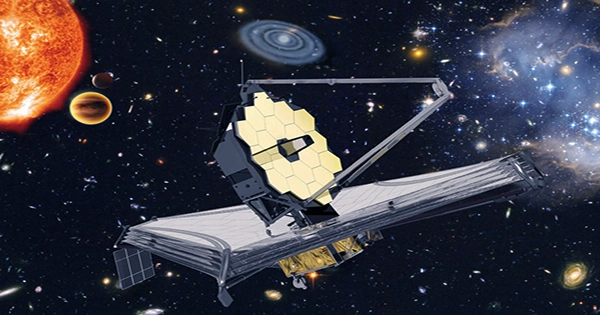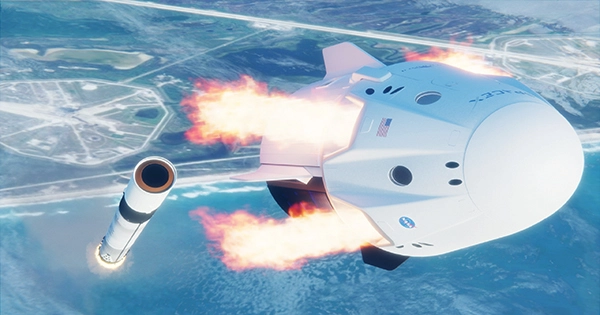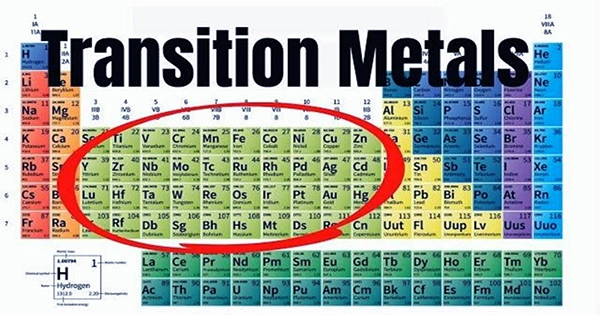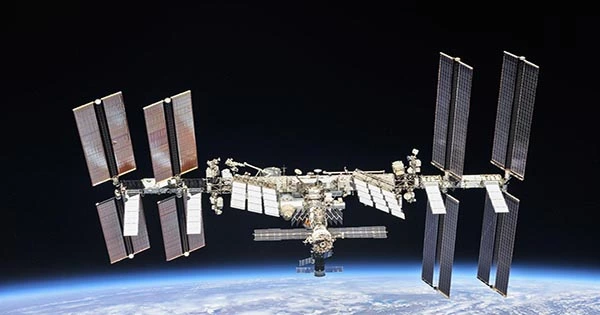The core accretion concept is the most widely accepted explanation for how Jupiter-like planets develop. According to this scenario, planetesimals coalesce into a rocky core until it is sufficiently big to accrete a gaseous envelope. This envelope is initially in hydrostatic equilibrium, with the accreting planetesimals providing the majority of the illumination. However, hydrostatic equilibrium is no longer possible once the core reaches a critical mass, and a phase of rapid gas accretion starts.
However, there are several flaws in this model. When the dust grains that form the planetesimals reach a certain size, they may undergo a phase of rapid inward migration; the core itself, once it reaches about an Earth mass, should also migrate inwards rapidly, and upper limits for Jupiter’s core are smaller than most theoretical estimates. Detailed simulations also suggest that the planet’s development periods will far exceed the lifespan of the gaseous disc from whence it formed.
Core accretion theory is a widely accepted model for explaining the formation of gas giant planets, such as Jupiter and Saturn, in our solar system. The theory suggests that gas giants form by the gradual accumulation of gas and dust particles, which are initially present in a protoplanetary disk surrounding a young star.
The process begins with the gravitational collapse of a small, dense core of material within the disk. As the core grows, its gravity becomes strong enough to attract surrounding gas and dust particles, causing them to clump together and gradually form a planet.
The core accretion model suggests that the formation of gas giant planets is a slow process that can take millions of years. The final mass and composition of a planet depend on a number of factors, including the properties of the protoplanetary disk, the location of the planet within the disk, and the rate at which gas and dust are accreted.
While core accretion theory is generally accepted as the leading model for gas giant planet formation, there are still some open questions and challenges to the theory, including the ability of the model to explain the formation of gas giants that are located very close to their parent stars.
Recent research on self-gravitating discs has already made the suggestion that by concentrating the grains in the center of the self-gravitating structures, the problem of fast grain migration may be solved. Richard Nelson and John Papaloizou of Queen Mary University in London have also indicated that the core may experience a random walk rather than migrating in a single direction in other simulations of Earth mass-like cores in turbulent discs. We discover that the core development accelerates and achieves a critical mass far more quickly when this random walk is included in the conventional core accretion model than if the core is supposed to stay stable. What is more, when the planetesimal density is reduced slightly, we find that the critical core mass is consistent with Jupiter’s measured core mass.
















